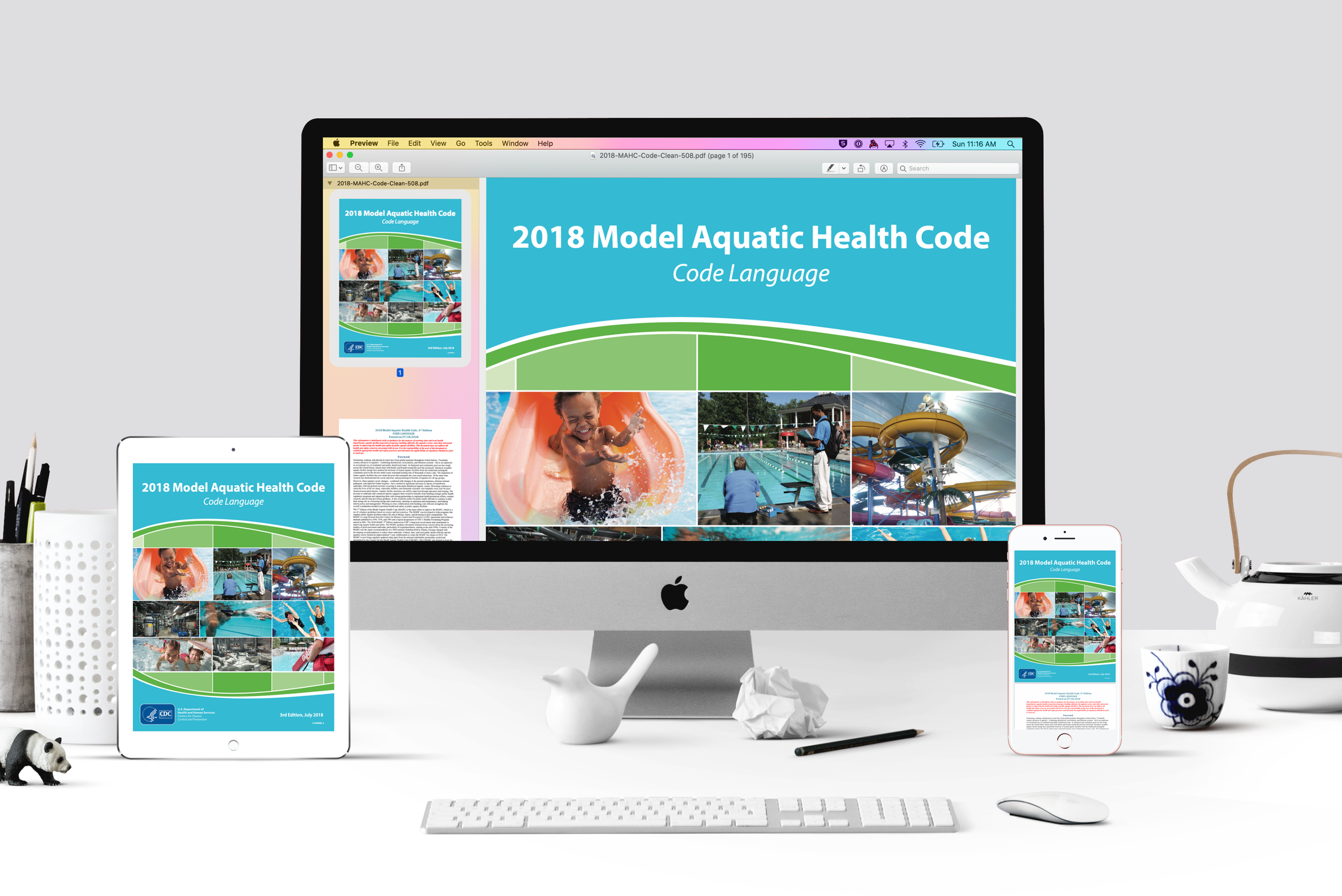Code
The maximum temperature for an AQUATIC VENUE is 104° F (40°C).
Annex
SPA temperatures of 104°F (40°C) are routinely used in SPAS and hot tubs across the United States. The MAHC is not aware of data that suggests this is too high for use by healthy individuals. Higher temperatures mimic a high fever in the human body and may not be healthy, particularly for prolonged use. However, the high temperature used in SPAS and hot tubs (MAHC sets it at 104°F / 40°C maximum) necessitates strong signage to alert users about alcohol use and alert vulnerable groups about the risks potentially associated with use of SPAS and hot tubs. Review of the existing data (or collection of new data) is needed to inform the MAHC about whether a maximum length of time in a SPA should set.
Ethanol Use and Solo Use
Ethanol use may contribute to the likelihood of drowning. Low to moderate doses of ethanol did not appear to significantly impact body temperature or thermoregulatory response systems in healthy males at 104°F (40°C),. However, there did appear to be increased risk of cardiac hypotension and fainting when users stood up that could result in slips or falls, the most common cause of SPA-related injury in the United States. Several studies of sauna-related deaths in Scandinavia find a high percentage of alcohol use and that users were alone,. Signage to restrict alcohol use, not to use SPAS when alone, and to exercise caution and use handrails to exit is warranted.
Pregnant Women
Maternal hyperthermia has been shown to be associated with birth defects. Some studies have shown an increased risk of birth defects and miscarriages associated with hot tub or SPA use during early pregnancy,,,. Pregnant women, particularly during the first trimester, should consult their physician before using hot tubs or SPAS. If women in later pregnancy choose to use hot tubs or SPAS, they should keep exposure to a minimum, and ensure the temperature is at or below recommended STANDARDS. Signage should alert pregnant women about the potential risks of hot tub or SPA use and the need to consult with their physician before use. Further expert review of the data is warranted to see if the data support reducing the water temperature and, if so, what temperature should be adopted to proactively protect women of childbearing age who may not know if they are pregnant.
Young Children
Few studies exist looking at the impact of high temperature on young children although older children do appear to be able to control their temperature as well as adults but the high temperatures in saunas do put great demands on the circulatory system. However, infants cannot control their body temperature as effectively as their older siblings and parents. This is because babies have a small body mass compared to body surface area. Being in water even a few degrees different from normal body temperature (98.6°F/37°C) can affect a baby’s body temperature. Being in very warm or HOT WATER found in hot tubs/SPAS can cause hyperthermia, a dangerously high body temperature. Signage for SPAS and hot tubs should caution users about bringing infants and young children into SPAS or hot tubs, particularly for prolonged use.
